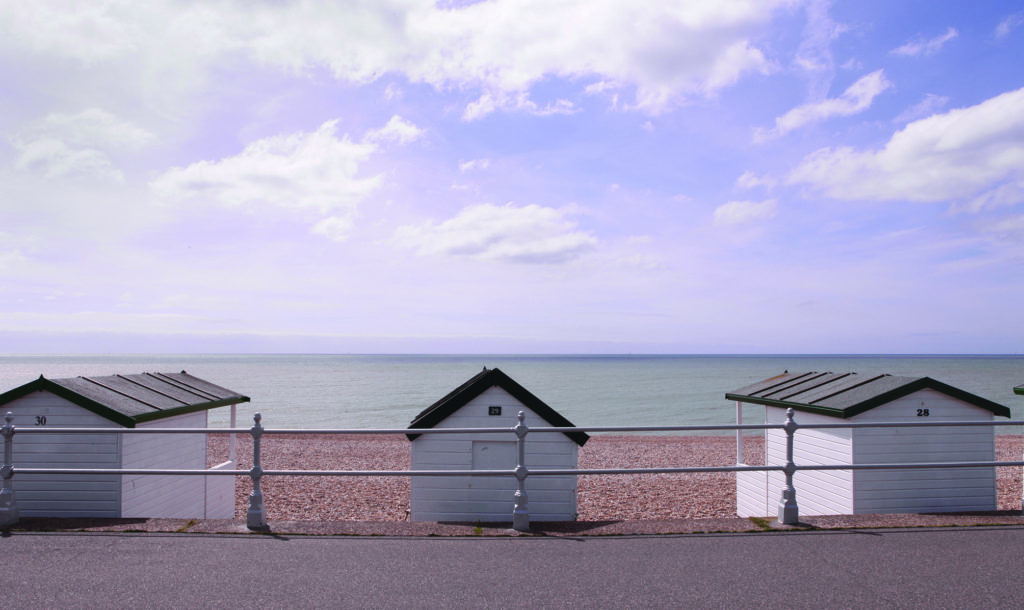1. L’avenir (looking forward): Biennale de Montréal 2014
Resurrected from the collapsed remains of the long-running Biennale de Montréal that found a new director, got postponed, then found another new director along with an established institutional infrastructure at the Musée d’art contemporain where it replaces the Québec Triennial, the new Biennale de Montréal has lifted itself to being a true international platform with its inaugural outing curated by Gregory Burke, Peggy Gale, Lesley Johnstone and Mark Lanctôt. The combination of international stars—Simon Denny, Thomas Hirschhorn, Hito Steyerl, Andrea Bowers—with home-grown talent like Skawennati, Nicholas Grenier, Abbas Akhavan and Emmanuelle Léonard has made for an excitingly level playing field on which to see contemporary Canadian artists in rich interplay with their global peers.
The prospect of something similar happening in 2016, 2018 and the years to come suggests a newly revitalized vehicle for not only enhancing awareness of contemporary art in Canada, but also building an export channel for the best Canadian art being made. It is a daunting curatorial and institutional responsibility, but Montreal seems possessed by the energy to make it happen. This biennale has shown us that the art is ready—and waiting.
2. “Lawren Harris: Canadian Visionary” at the Vancouver Art Gallery
Lawren Harris is an old story in Canadian art; maybe, it often seems, even too old. Over the years those hard, shadowed edges in Harris’s landscapes have become memes of Group of Sevenism and also metaphors of a Canadian art perennially poised on the nearly Modern. In their time, Harris’s paintings may have been daring, but in retrospect it is their cautiousness that accrues when measured against other art of their time.
If this is a view developed from long years of walking past Harris paintings at the Art Gallery of Ontario under the influence of the nervous internationalism of its collection display, imagine what a revelation it was this past spring to see curator Ian Thom’s retrospective of Harris’s work at the Vancouver Art Gallery, where we saw not Harris the early (but slow) adopter of abstraction, but rather an aging Harris ensconced in Vancouver, building on a lifelong commitment to envision the beyond.
The Vancouver context and its westward shift made him seem an escapee who had left a trail of paintings behind him that looked at the landscape again and again and every time climaxed in the arrival of a white nothingness, be it in the far horizon of Lake Superior, the crest of a cumulus cloud or a the edge of a Rocky Mountain glacier. These patches of impeccable white held the eye, enticed it forward then dead-ended it with a place present but unreachable. This continent-wide quest ended on the shores of the Salish Sea with late paintings that rehearsed ideas of transcendence and where, in the last painting in the show, the white became an eye-like oval that brought the story to an end. Thank you, Ian Thom, for reinventing a thoroughly nomadic, contemporary-seeming Lawren Harris that sends me back to the AGO to look again.
3. John Kissick at Katzman Contemporary, Toronto
In his fall show “Sugar Won’t Work,” the Elora/University of Guelph–based painter John Kissick outdid himself. For years, Kissick has been exploring the possibilities of gesture and abstraction in paintings that have gotten ever more complex in terms of the figure/ground confusions that meet the eye. This sounds like a formalist enterprise, but in Kissick’s hands it becomes a kind of pictorial archeology where, like a metaphor for history and consciousness, the buried exerts an unrelenting hold on the surface.
In “Sugar…” many of Kissick’s familiar tropes were back again—clashes of plaids, checkerboards, comic-book thought balloons, snaking Légerian cables, splash zones, drip lines, grids of Ben-Day dots—but this time they were dusted with multicoloured adhesive glitter that blew them up under an extended show of irony. Few painters can knit an abstract composition like Kissick can, but this time he was testing the limits of the work’s hard-won improvisational coherence with a serious kind of glee.
Richard Rhodes is editor of Canadian Art.









